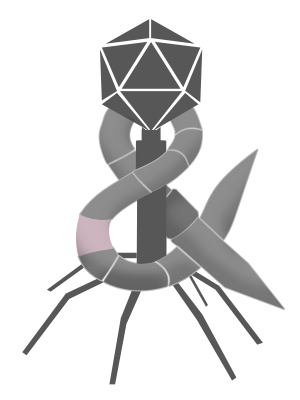Spoiler alert: The following contains spoilers for The Legend of Zelda: Tears of the Kingdom.
If I had to pick one criticism of the New York Times, a paper that I pay for only as a means to help fund journalism, it would be how many of their headlines normalize, flatter and even empower Trump. Just yesterday, the paper ran a story entitled Beneath Trump’s Chaotic Spending Freeze: An Idea That Crosses Party Lines. This comes in a week of Trump related headlines that include: White House Press Secretary Makes Steely and Unflinching Debut, Defying Legal Limits, Trump Firings Set Up Tests That Could Expand His Power, and Amid the Chaos, Trump Has a Simple Message: He’s in Charge.
Describing how The Times and the wider mainstream media treat Trump is tricky. After all, none of the headlines I mentioned are factually inaccurate. It’s not so much their substance, but their tone. A subtle difference in tone can drastically change how a given headline reads.
The last two entries of The Legend of Zelda, The Breath of the Wild and its sequel, Tears of the Kingdom, are a great example of how slight differences tone can greatly impact meaning. Both games have an open world, that is to say you can practically go anywhere and fight anyone at any point. I have spent hours upon hours in both games killing countless monsters created by the game’s villain, Ganon. Lest the world of Hyrule run out of these monsters, both games use a mechanic that respawns them — the blood moon. In Breath of the Wild, the titular Zelda first notifies Link of the event with the following monologue:
Link… Be on your guard. Ganon’s power grows… it rises to its peak under the hour of the blood moon. By its glow, the aimless spirits of monsters slain in the name of the light will return to the flesh. Link… please be careful.
Zelda’s tone unambiguously warns and shows concern for our protagonist. The blood moon is bad.
Her monologue during the blood moon in Tears of the Kingdom is quite a bit different.
Witness the blood moon’s rise. When its red glow shines upon the land… the aimless spirits of slain monsters return to flesh. Just as they did in a war long past. The world is threatened once again.
Can you spot the difference? This is not so much a warning as it is a pronouncement, and there is zero concern for our hero. The blood moon is exciting. It turns out this change of tone has a very good reason — that isn’t actually Zelda. It’s a puppet doppelganger controlled by Ganon.
I don’t think The New York Times is a puppet of the Trump administration, but I do think the tone of these headlines betray that the paper might be a bit too excited by the prospect of getting to cover whatever bad things Trump and his cronies will do to our country.
